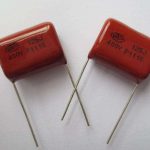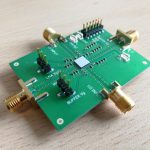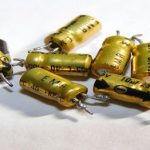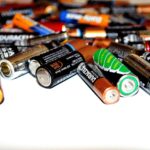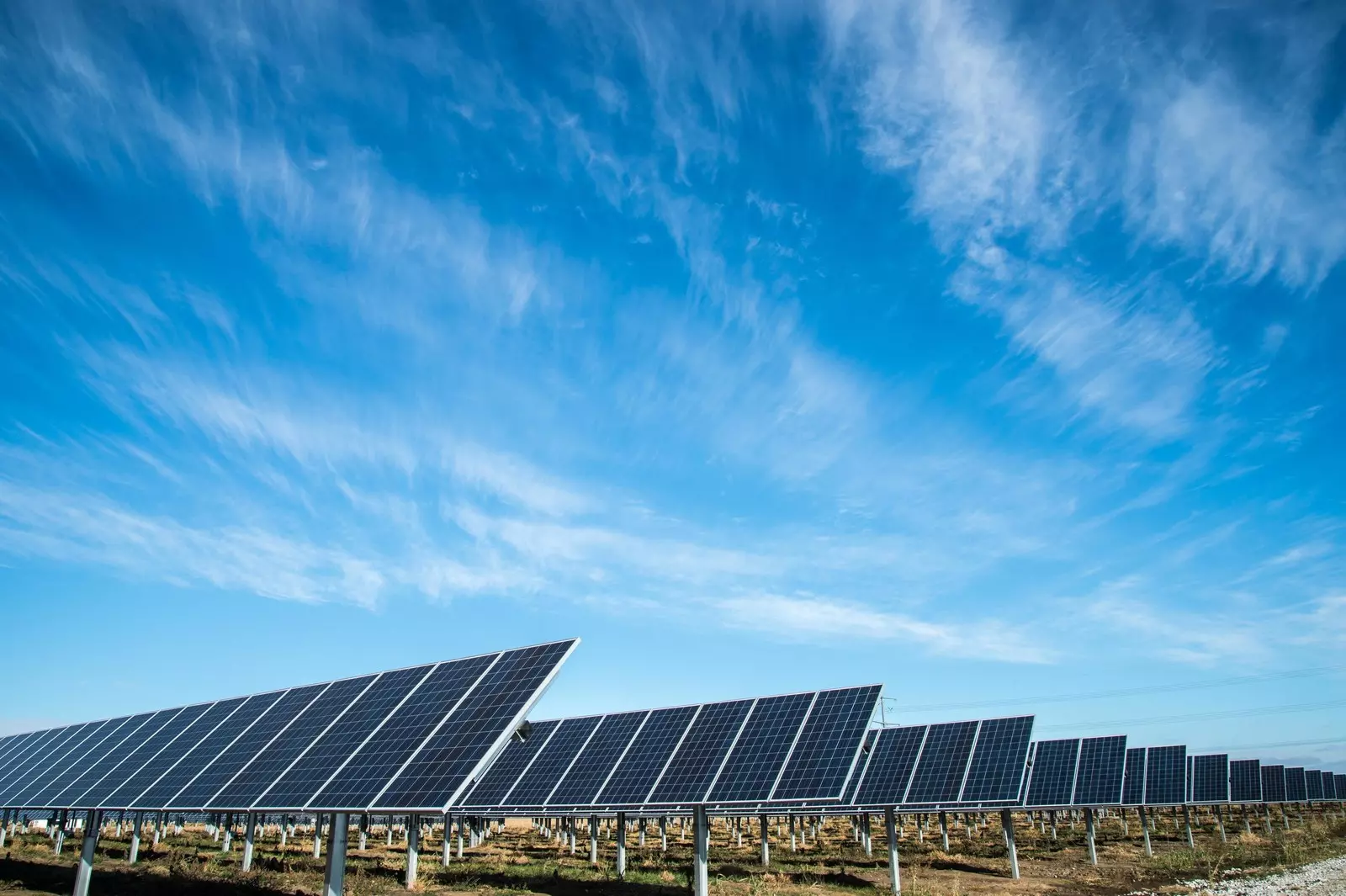
What are thin Films and Their Working Principle?
These are PV’s, photovoltaic cells, and help in renewable energy resources. The major principle of Solar Films devices is to convert the photons that they collect from the sunlight to an electrical charge. These are designed in a way to convert the light into an electronic charge, and this charge is used for electricity.
These cells are made of many materials, either organic or inorganic materials. However, in this decade, scientist has made thin films that can be folded and stuck on small gadgets. They continue to work under all conditions, and if we join a large number of film cells, these help us provide electricity.
Different Types of thin Solar Films – Good Source of Energy:
Here I will let you know about different types of cells and their development. There are three major types of solar films and cells listed below;
- Organic solar cells
- DSSC – De-sensitized solar cells
- QDSC – Quantum dots solar cells
Here, we will discuss all of them one by one. All these are the modern innovations that lead to the creation of electricity. However, a minor difference is found in their developments and the chemistry behind them. In order to go further, one needs to understand these three basic types of thin films and solar cells.
Organic Solar Cells:
These cells use polymeric materials and are considered the second largest class in the solar cell’s verticals. Their function is the same to convert photons into electricity. These are better than those inorganic cells, flexible, cheaper, and less efficient. When we talk about photon to electricity conversion, they are less efficient. On the other hand, they are slim and thinner in dimension as compared to the inorganic thin films.
DSSC – De-Sensitized Solar Films-Cells:
These are also this solar cell films, but they have some different mechanisms. These are partially flexible and partially transparent; in its principal, the anode is coated with the material like semiconducting, and it is followed by a titanium dioxide layer. And this is further soaked into the ruthenium, and it is a bond of titanium dioxide. This bind is in the form of a layer and coated on the anode.
On the other hand, a cathode is like a glass sheet and this cathode work as a catalyst that increases the rate of reaction.
QDSC – Quantum Dots Solar Films-Cells:
Quantum dots are 0D materials made, and these are less wide in their development. This material 0D is, and physically its size is a nanometer. Its unique properties are emitting properties and optical absorption properties. Add to this, its band gap is tunable, as they are semiconductors, and their working principle is traditional inorganic semiconductors. They always act as multi-junction solar cells because of their very small size.
They can absorb the radiations of different wavelengths and cover the whole electromagnet spectrum. On the other hand, their efficiencies are also low.
In the End Remarks:
Finally, in the future, the use of thin films will be at boom. Every electronic gadget, toy, and other circuit would use thin films and generate their electricity on their own. Small devices use only a few voltages and electricity amounts; these films would revolutionize all small gadgets. The future is of thin films, and every gadget will use thin films.








